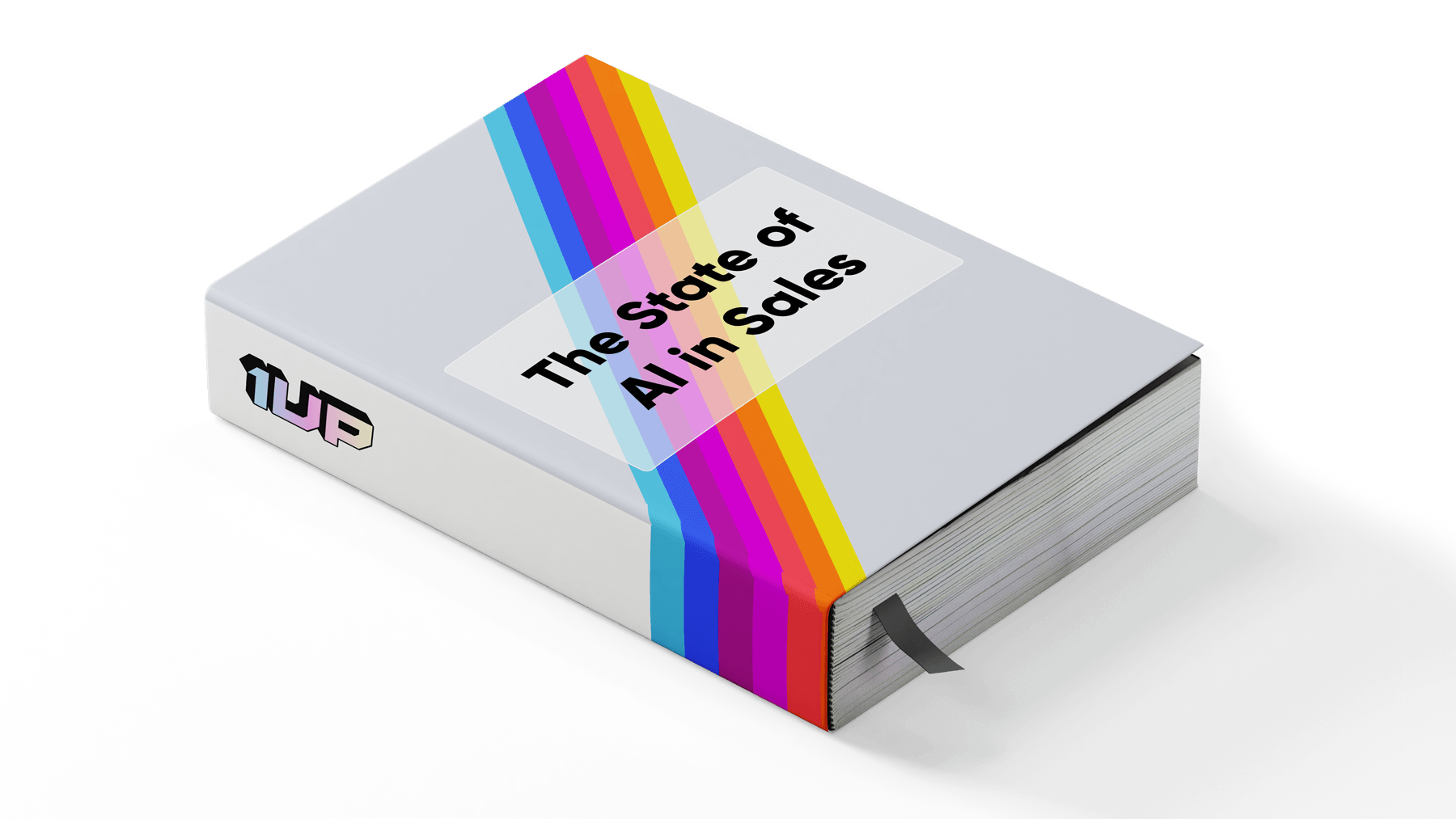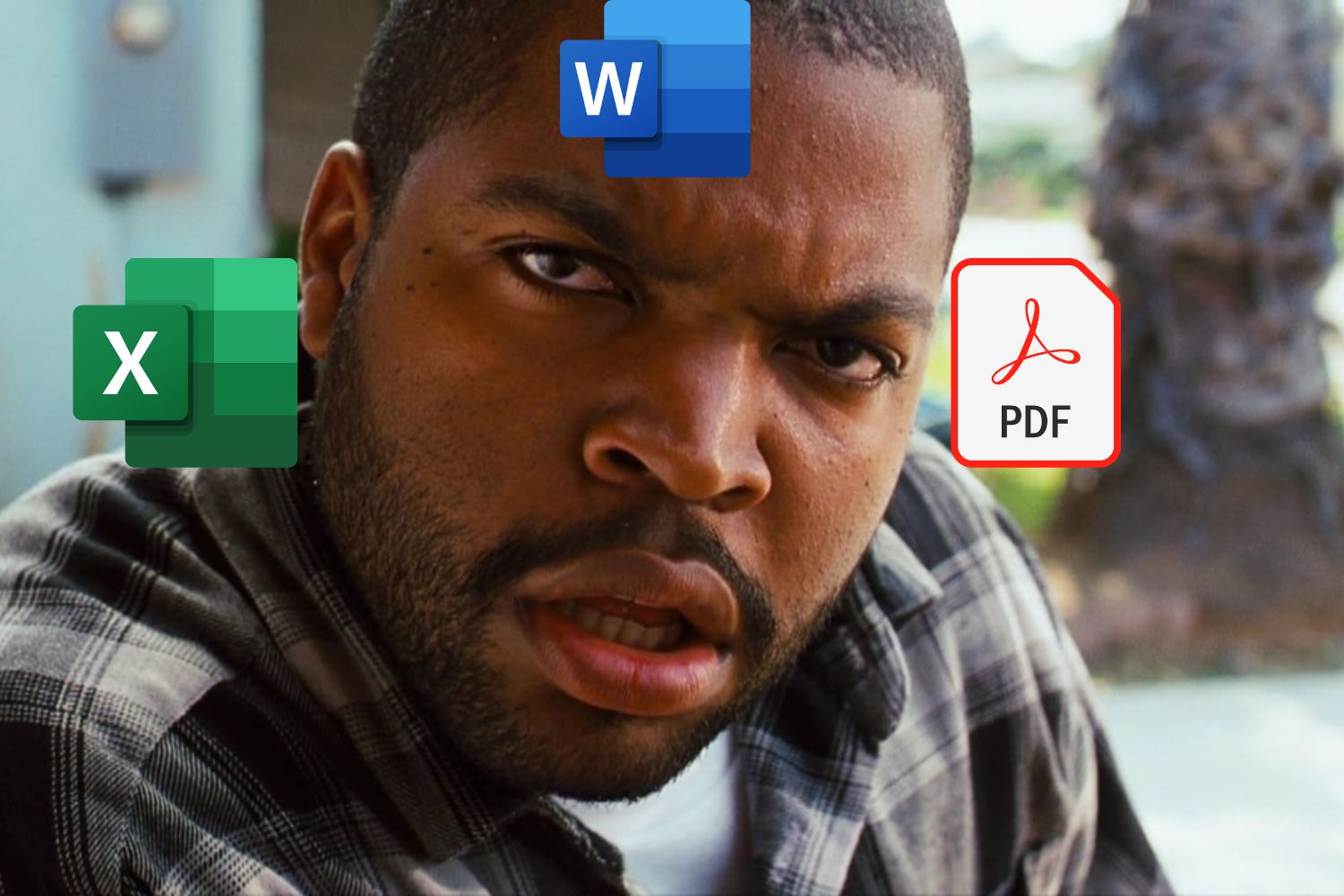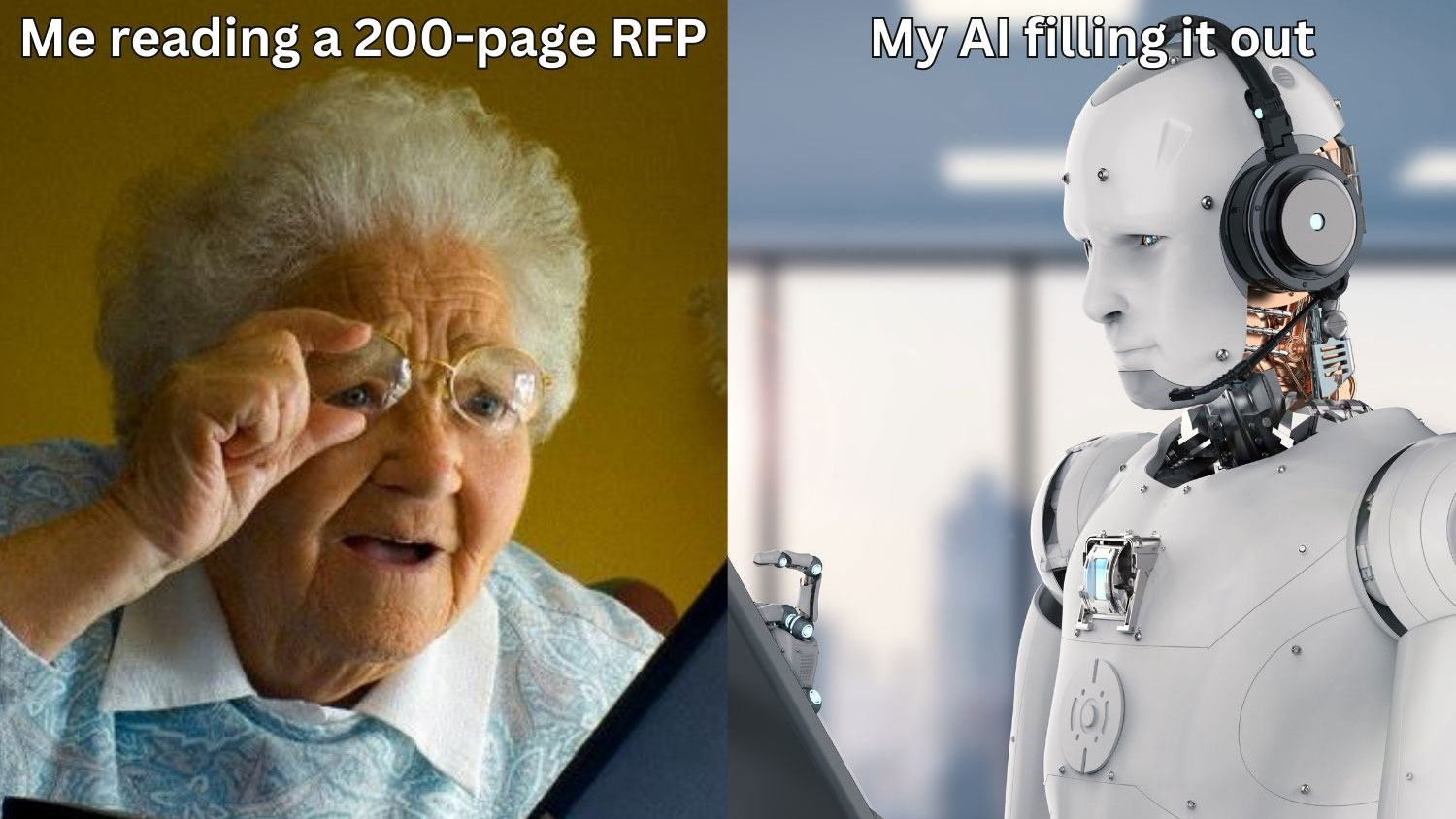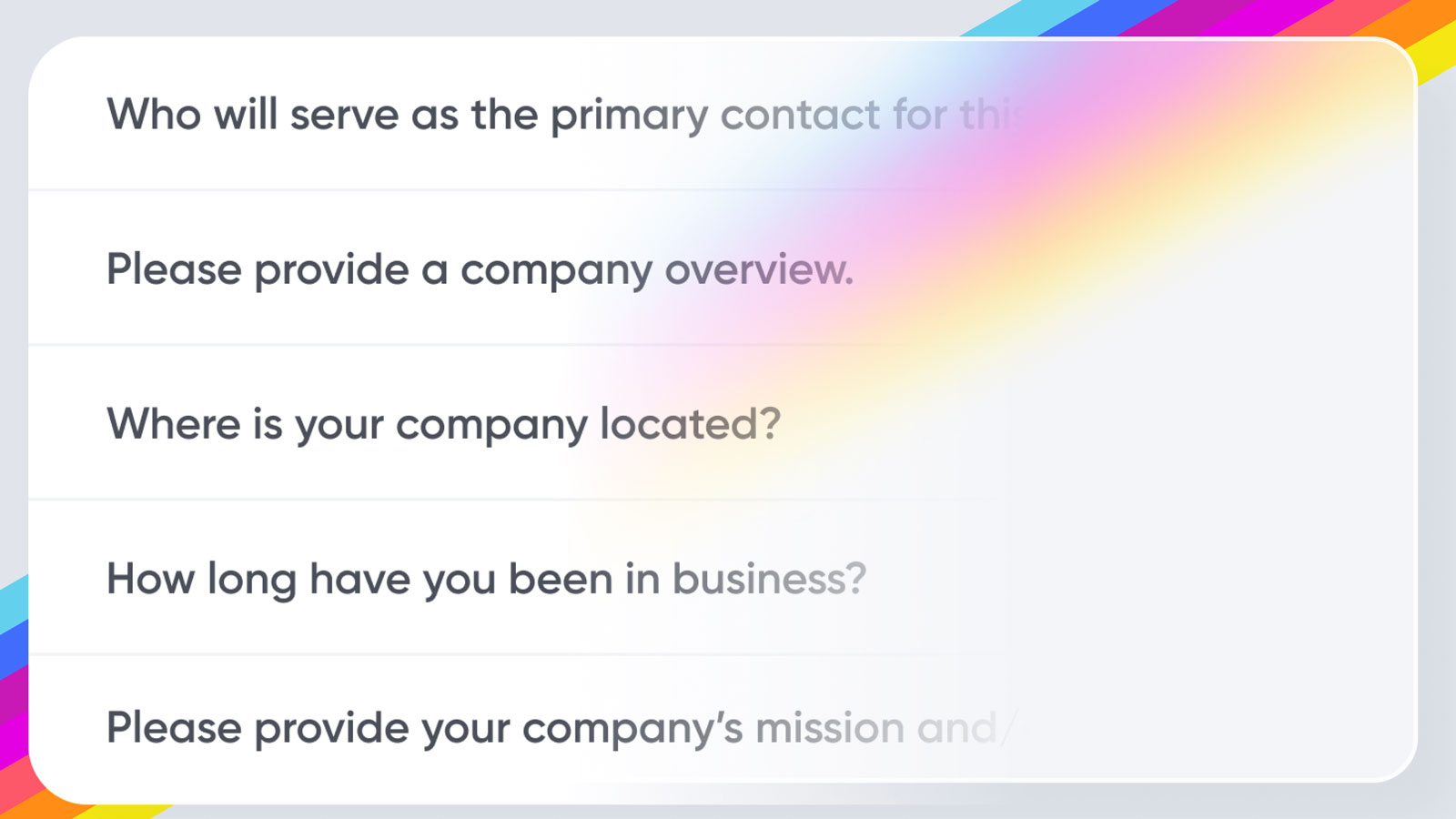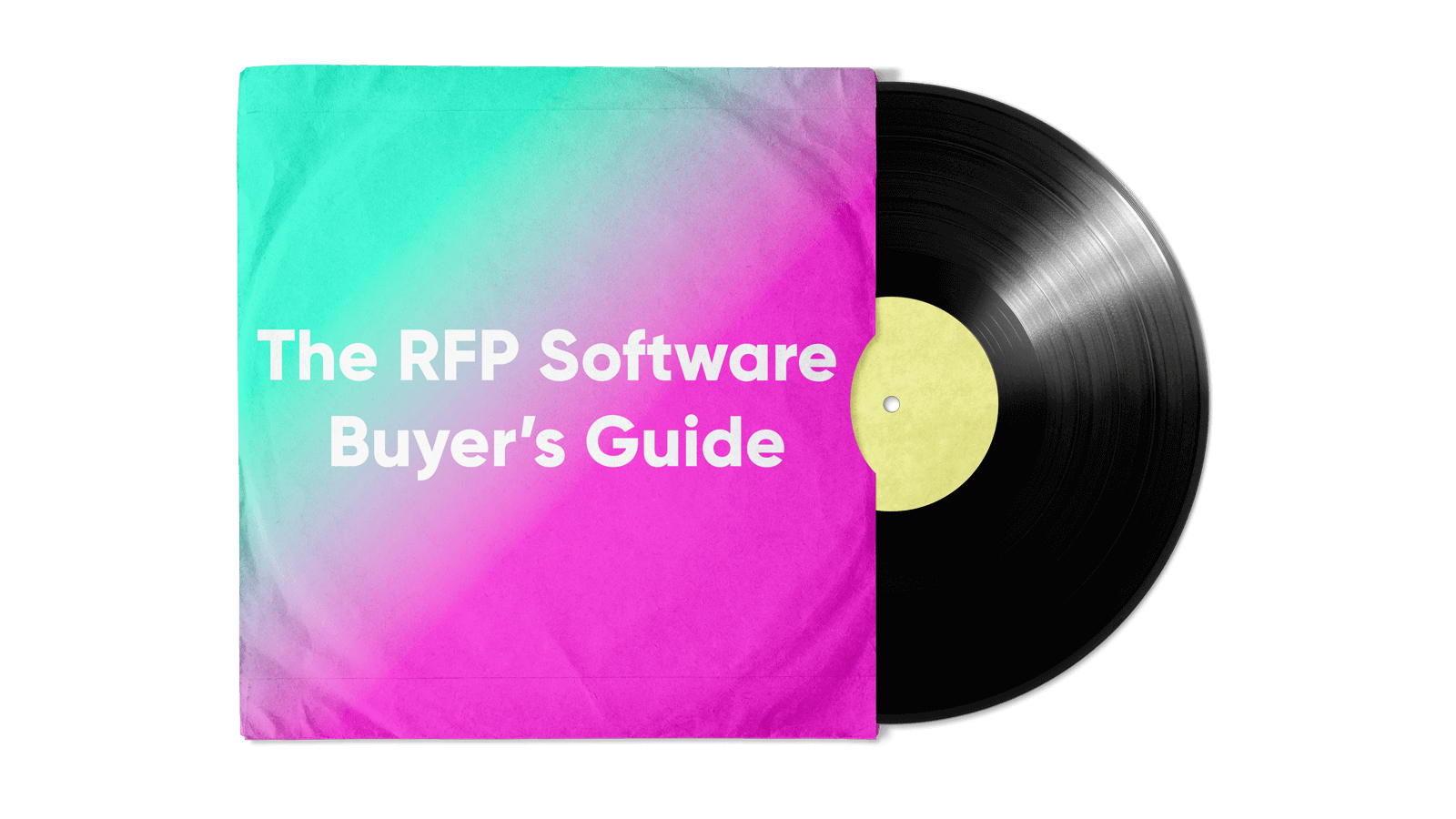The problem with RFP response tools is that they’re mostly just knowledge management.
There, that’s the whole post. You can stop reading now.
Alright, we’ll elaborate.
Whether you’re a sales rep trying to close a deal, a solutions engineer responding to a technical review, or a security leader filling out a compliance questionnaire – all of these are painful delays to an already difficult sales process. RFP tools are supposed to ease the pain of responding to a questionnaire by speeding up the process.
But do they really make things faster?
Having personally bought and used RFP tools, and spoken with hundreds of users who have done the same, we’ve learned a few things about this space. Our hot take is that while most RFP tools are great for project management, they do not actually automate RFPs. Here’s why:
You still need to manually search for information
This pain manifests in two ways:
Searching through a list of previous answers
Most RFP tools allow you to save a list of high-quality answers from previous questionnaires. This is a great source of information…until it gets too big. Digging through a large database of responses is hard. How do you know which answer is best? What if a good-looking answer is actually out-of-date? The pain of having to dig deep for knowledge can even overwhelm power users.
Looking for the right source document to answer a question
RFPs, PDFs, product docs, webpages – your best responses can come from dozens of answer sources. So what’s the best source of truth for a particular question? This dimension adds a whole layer of complexity to the RFP response process.
Generative AI presents an opportunity for tools to improve answer generation, but in most cases, the problem is the underlying knowledge base. Unfortunately, you can’t just stick AI on top of an old tool and call it “automation.”
– RFP Response Manager from a Fortune 500
You need to manually re-write answers
Found an answer you’re looking for? Great! Now you just need to write it again from scratch.
Although most questionnaires are quite similar, they’re just different enough that you can’t copy/paste every answer.
Re-writing takes just as long as creating a response from scratch. This can get stressful, especially when you need to chase down multiple subject matter experts to verify that your responses are accurate.
Maintaining a large knowledge base is a full-time job
This is a problem that compounds over time.
The more you use these products, the bigger your knowledge base will get. Searching through answers and sources become exponentially more difficult as your knowledge base grows.
You will also find yourself sanitizing this large database. Do you keep the responses from 2022? Or is there a better, more recent version of a response? How do you make that determination on a per-question basis?
We previously wrote about the gaps in enterprise knowledge management – all of which are present in traditional RFP software. So instead of automating responses, you end up having to manage knowledge as a full-time job.
Want to automate your RFPs and sales questionnaires?
With 1up, you’ll never manually complete out a questionnaire again.
The user interface is…bulky
RFP management software looks complicated and intimidating.
That’s because so much of it is optimized for enterprises. The bloat you’ll notice in legacy RFP tools is the result of years of feature requests stitched together.
Small and medium size businesses need a lightweight UI that can help them automate responses quickly. A common piece of user feedback we hear is, “RFP products do so many things that I just get lost and don’t know what to do.”
Responding to a questionnaire is frustrating enough. The tool you use to help with it should be intuitive and easy to use.

RFP tools prioritize management over automation
One of the biggest gripes with questionnaire management software is that as time goes on, it starts to feel like an expensive knowledge management tool.
While they do a good job of managing the process, these tools don’t actually automate responses.
Proposal management is of course, a process. Positioning the software as a means of automating that process can lead to disappointment for users. Check out our RFP software buyer’s guide for a deeper dive.
Some tools have gone the route of adding Generative AI into the mix. This is a great idea, but simply adding an “AI” label onto an existing product does not solve the underlying issues with process and knowledge management.
How to improve RFP software
- Prioritize automation over process management.
- Focus on a lightweight, intuitive user experience.
We see a huge opportunity for meaningfully improving the RFP process by focusing on the user experience. This is how we approach questionnaire automation at 1up:
The advent of Large Language Models has given us an opportunity to improve the painful process of responding to questionnaires. Sales teams are taking advantage of this to automate responses and complete questionnaires 10x faster.
Don’t believe us? Try 1up for free.
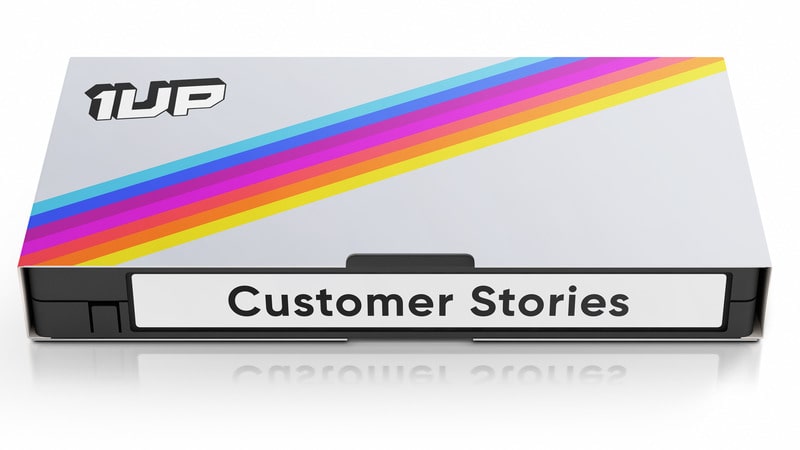

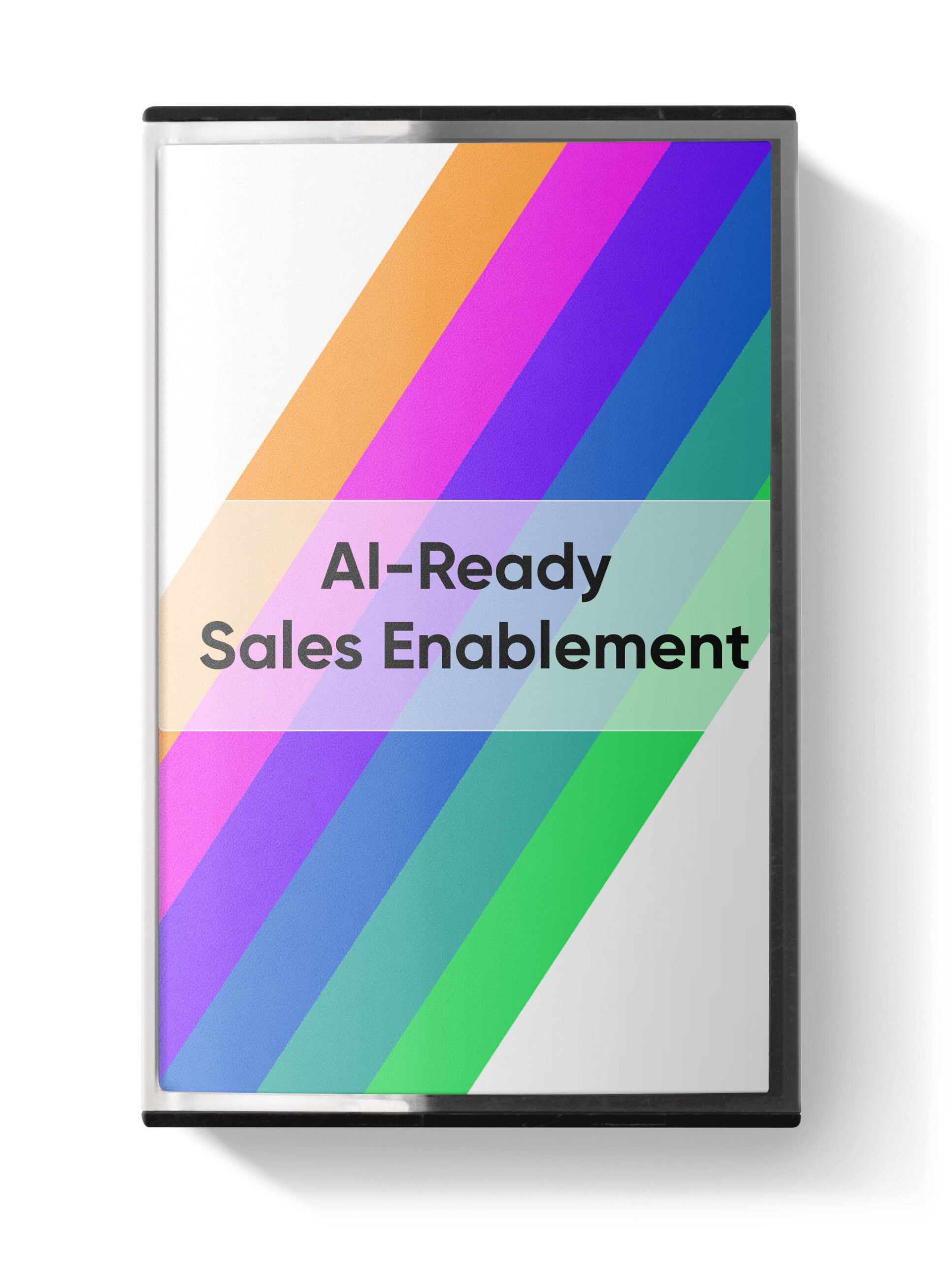
 Instagram
Instagram 



